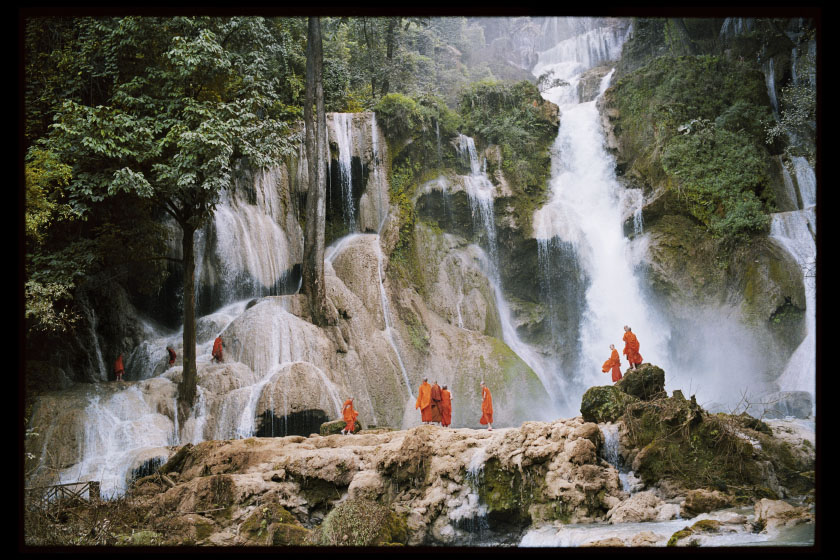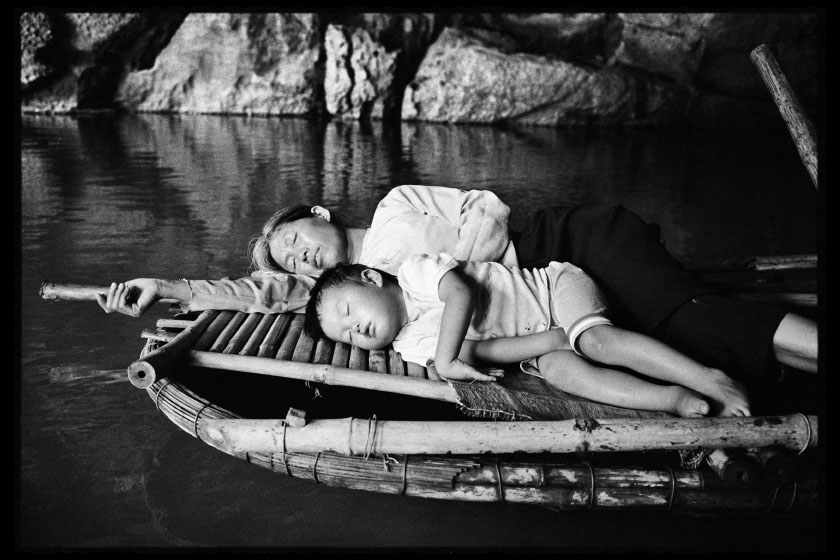 https://agencevu.com/wp-content/uploads/2023/04/©UNESCO_LamDucHien_IND_202111.240_Vignette.jpg
1440
1920
Editorial
/wp-content/uploads/2021/05/logo-vert-2.svg
Editorial2023-04-06 16:06:132023-05-09 15:29:23Science in India, a female universe, 2023
https://agencevu.com/wp-content/uploads/2023/04/©UNESCO_LamDucHien_IND_202111.240_Vignette.jpg
1440
1920
Editorial
/wp-content/uploads/2021/05/logo-vert-2.svg
Editorial2023-04-06 16:06:132023-05-09 15:29:23Science in India, a female universe, 2023Hiên
Hiên Lâm Duc

biography
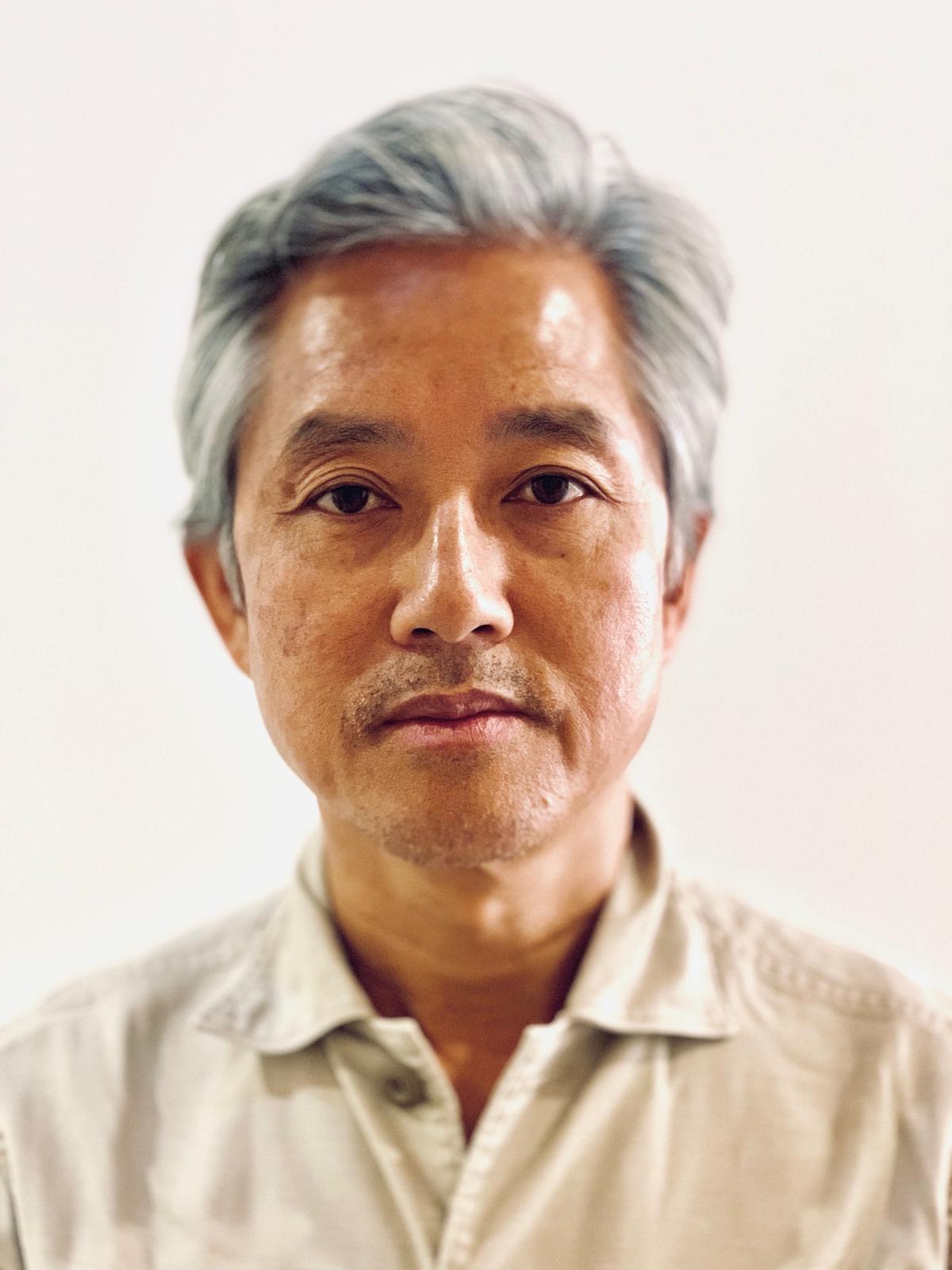
Franco-Laotian photographer, Lâm Duc Hiên has been a member of Agence VU from 1995 to 2002 and since 2017. He lives and works between France and Kurdistan.
Born in 1966 on the banks of the Mekong in Paksé, Laos, Hiên Lâm Duc followed his family into exile after the victory of the Pathet-Lao. From the night crossing of the Mekong to Thailand, to two years in a refugee camp, and two escapes, the journey he began to reach France affected him forever. In 1977, when he arrived in France, he turned to an artistic career and obtained his diploma in Fine Arts in Plastic Expression.
His openness to the world colours his photographic work with a humanist sensitivity. His commitment is reflected in his personal projects as well as in commissions for the press and for NGOs. Romania, Russia, Bosnia, Chechnya, Rwanda, Sudan and especially Iraq are the territories he covers. His testimony makes sense when faced with the massive destruction of the major conflicts of the late 20th and early 21st centuries. Committed to the protection of natural resources, he also documents the impact of contemporary changes on the way of life along the Mekong and Niger rivers.
Since the Gulf War in March 1991, he has become a direct witness to the suffering of the Iraqi population. People wounded between the devastating consequences of the international embargo and the terror imposed by Saddam Hussein’s regime. At the heart of his lens: hospitals, schools, markets, etc. which convey the population’s scarcity and weariness.
His work is regularly published in press, edited in books or exhibited. He has won above all the Leica Award, the Great European Award of the city of Vevey, the award of Villa Medicis outside the wall, or again the award of Jean-Luc Lagardère’s Foundation. The prestigious World Press Photo had rewarded the photographer’s portraits “Iraqi People”.
“Hiên Lâm Duc’s photography is a photography of necessity. The need to recover one’s history, one’s childhood, one’s identity, the need, because of one’s own history, to bear witness so that others do not suffer a similar one, the need to tell.” – Christian Caujolle
series
 https://agencevu.com/wp-content/uploads/2023/04/©UNESCO_LamDucHien_IND_202111.240_Vignette.jpg
1440
1920
Editorial
/wp-content/uploads/2021/05/logo-vert-2.svg
Editorial2023-04-06 16:06:132023-05-09 15:29:23Science in India, a female universe, 2023
https://agencevu.com/wp-content/uploads/2023/04/©UNESCO_LamDucHien_IND_202111.240_Vignette.jpg
1440
1920
Editorial
/wp-content/uploads/2021/05/logo-vert-2.svg
Editorial2023-04-06 16:06:132023-05-09 15:29:23Science in India, a female universe, 2023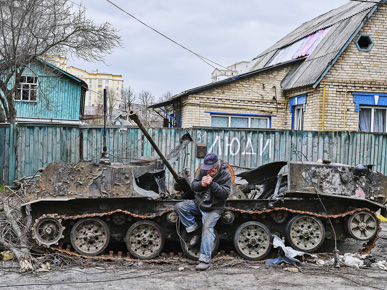
The war in Ukraine, 2022
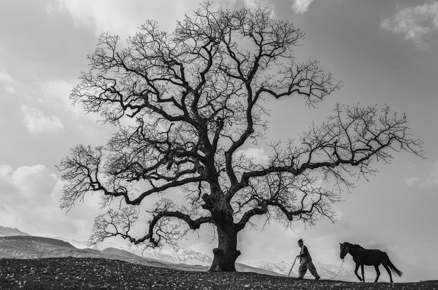
Kurdistan, life under trees
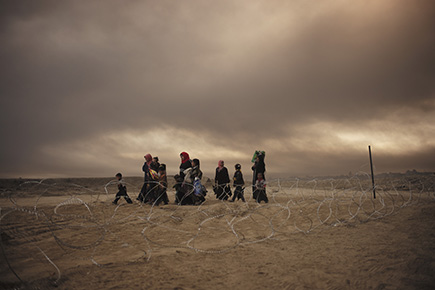
The Iraqi War, 2017
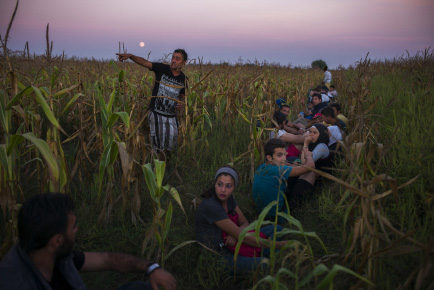
Yusra, Free Swimmer, 2016

Life After Typhoon Haiyan, 2013
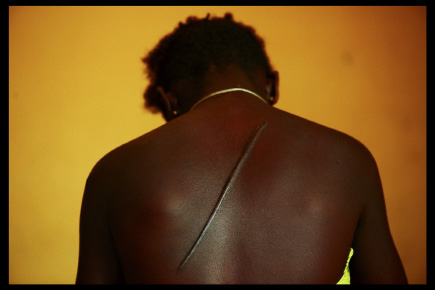
Femmes, après coup, 2010
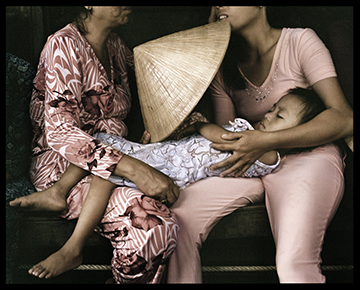
Mekong River, Stories Of Men, 2009

Faces, 2001
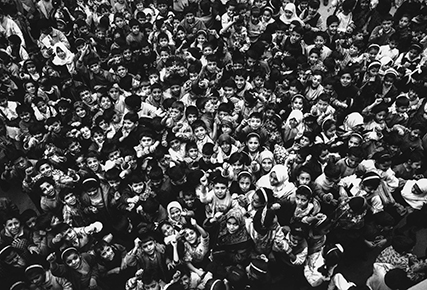
Enfance, Enfances, 2001
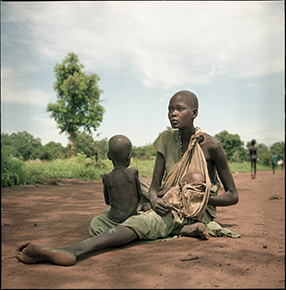
Famine in South Sudan, 1998
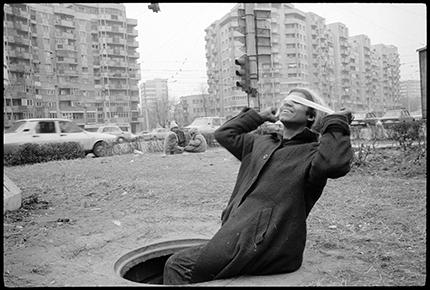
Romania, the Kids on the Pavement, 1992

Science in India, a female universe, 2023

The war in Ukraine, 2022

Kurdistan, life under trees

The Iraqi War, 2017

Yusra, Free Swimmer, 2016

Life After Typhoon Haiyan, 2013

Femmes, après coup, 2010

Mekong River, Stories Of Men, 2009

Faces, 2001

Enfance, Enfances, 2001

Famine in South Sudan, 1998

Romania, the Kids on the Pavement, 1992
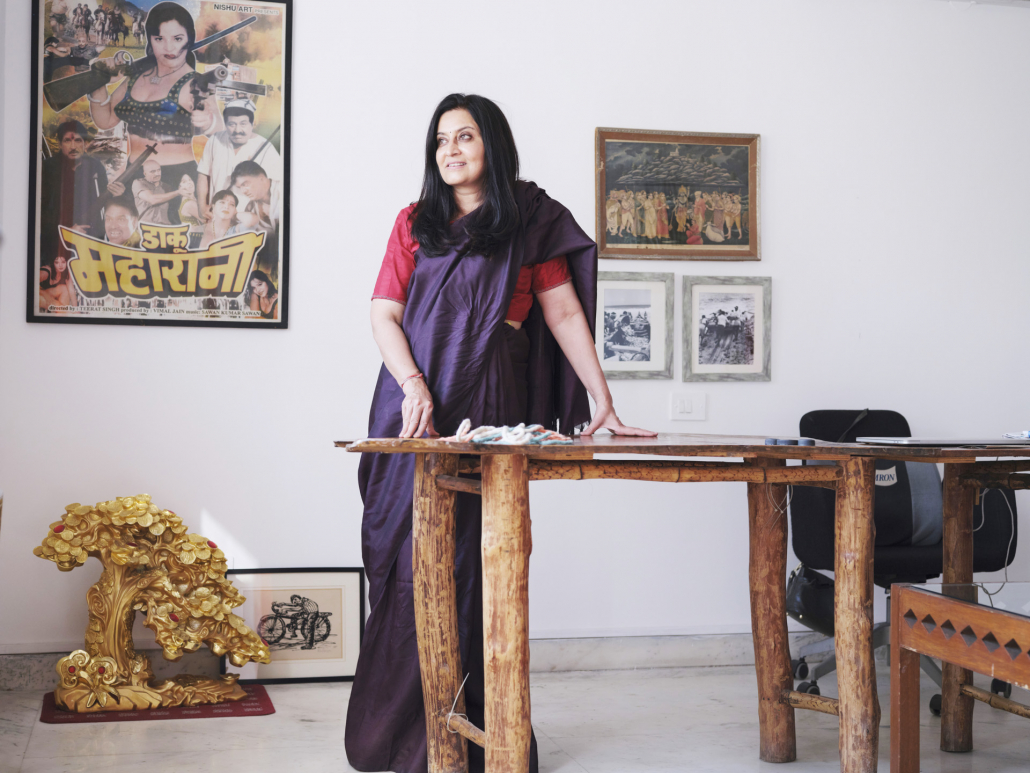
Science in India, a female universe, 2023

The war in Ukraine, 2022

Kurdistan, life under trees

The Iraqi War, 2017

Yusra, Free Swimmer, 2016

Life After Typhoon Haiyan, 2013

Femmes, après coup, 2010

Mekong River, Stories Of Men, 2009

Faces, 2001

Enfance, Enfances, 2001

Famine in South Sudan, 1998

Romania, the Kids on the Pavement, 1992
interviews
Lam Duc Hien and JP Lepers
—
9 March 2024
Interview with Lam Duc Hien and JP Lepers after the screening of their film ‘Kurdistan, mon amour’ at the 20th Partances festival
Lam Duc Hien, photographe
Nara Keo Kosal
—
2020
The photographer Lam Duc Hien talks about his work on the Mekong.
En sol majeur
RFI
—
Interview by Yasmine Chouaki, 2010
A reporter without borders, a witness of humanitarian chaos, Lâm Duc Hiên, for several years has been interest in his own roots from the other border et in the fate of the greatest rivers in the world. He is the author of seven books and the director of the documentary: The Mekong River and the Photographer.
En sol majeur
RFI
—
Interview by Yasmine Chouaki, 2009
Ripped from the edges of the Mekong River as a child, passed by the refugee camps in Thailand, this “child of History” became a photographer to answer the need to fix what was amputated to him. From now on, caught up by the international actuality, the one of Romania, Kosovo or Rwanda, Lâm Duc Hiên’s lens is blending between the hell of the other and a kind-of romantic thing. Perhaps an effect of the Mekong, this river as mystical as it is enchanting.
books
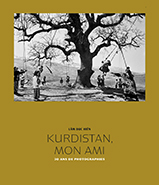
Kurdistan, mon ami

Le Mékong
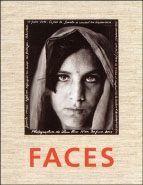
Faces
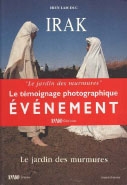
Irak, le jardin des murmures
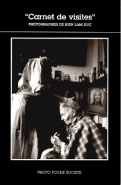
Carnet de visites
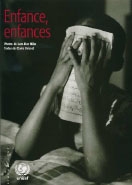
Enfance, enfances

Roumanie, les gamins du pavé

Kurdistan, mon ami

Le Mékong
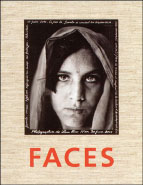
Faces
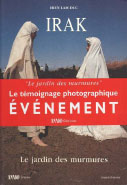
Irak, le jardin des murmures
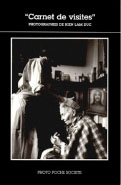
Carnet de visites
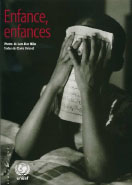
Enfance, enfances

Roumanie, les gamins du pavé

Kurdistan, mon ami

Le Mékong

Faces

Irak, le jardin des murmures

Carnet de visites

Enfance, enfances

Roumanie, les gamins du pavé
Awards
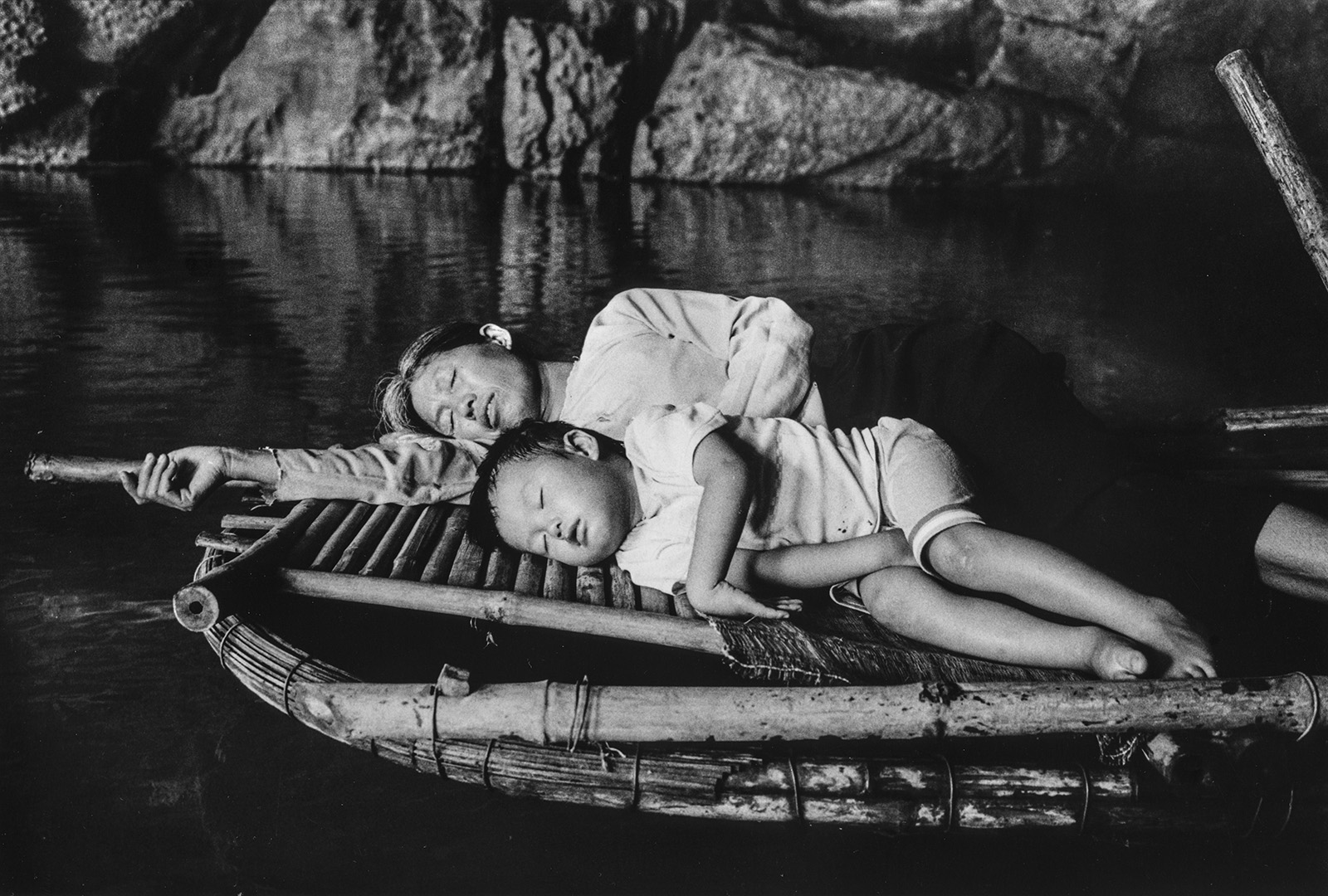
Prize of the Festival “Chroniques Nomades”, France
2004

World Press Photo Contest, first prize category “Portrait Stories”, Netherlands
For his work « Iraqi people under the embargo”
2001

Villa Medicis Hors les Murs Scholarship
1996

European Prize of the city of Vevey, Switzerland
1995

Prize of the National Center of Photography, Less Thirty, France
1994
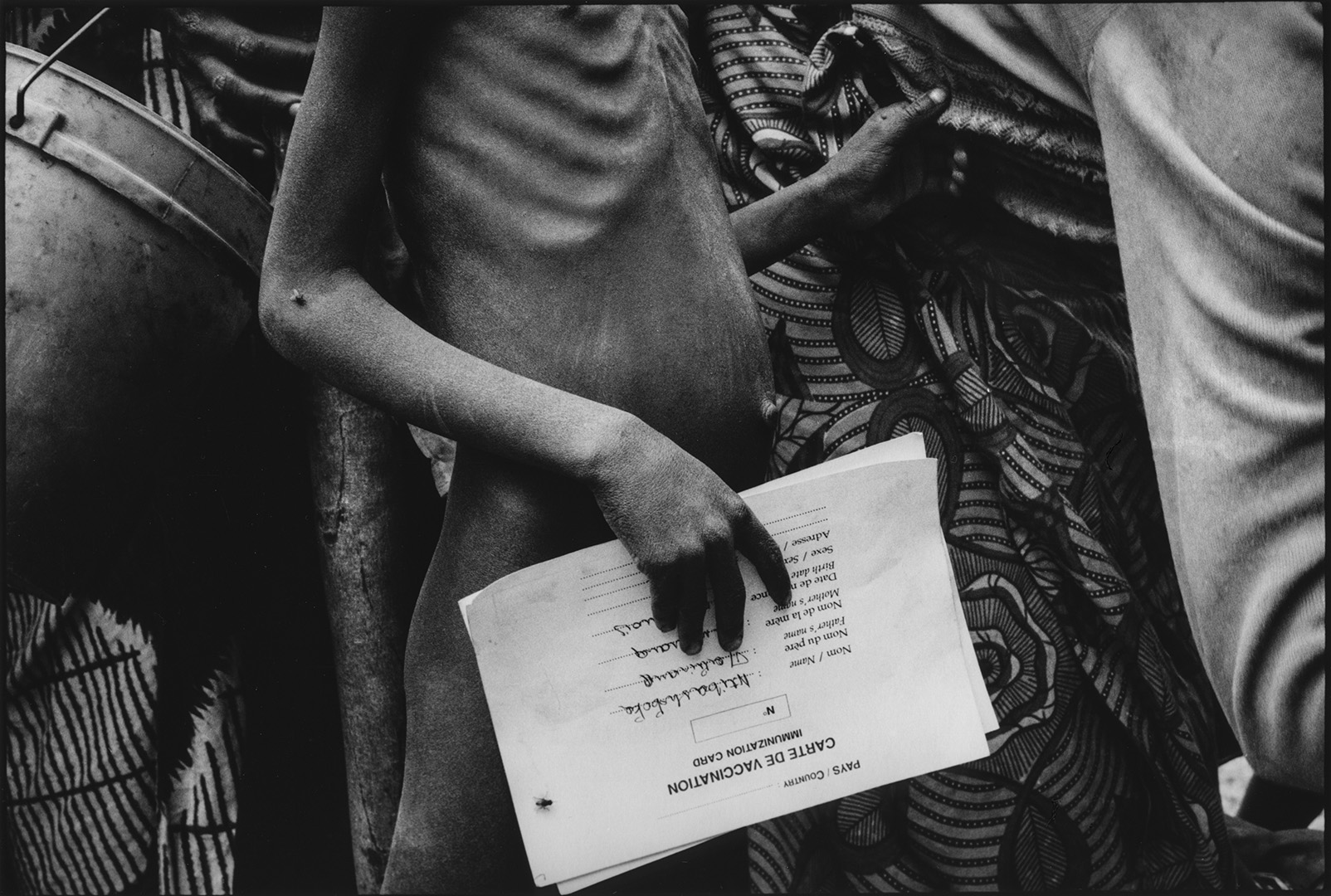
Prize of the Foundation Marcel Bluestein-Blanchet, France
1994
